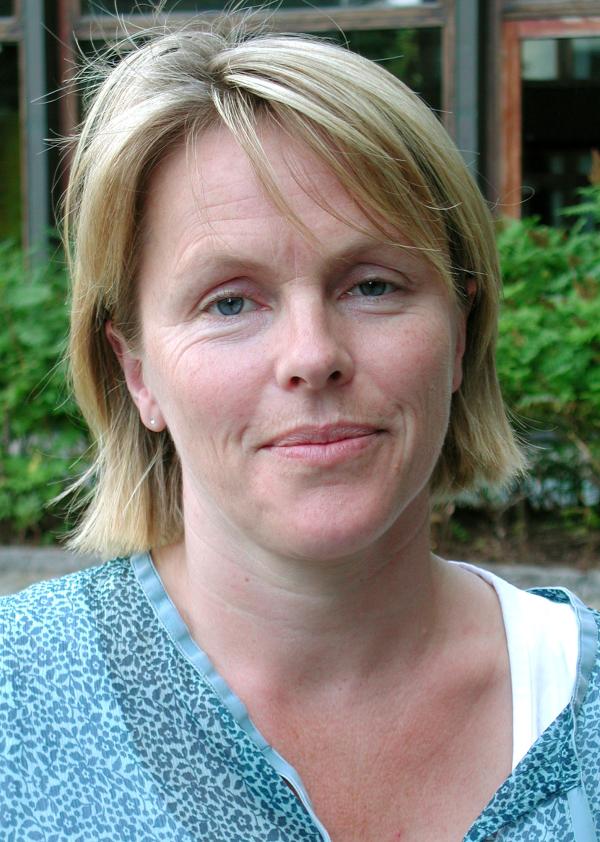
Decline
Natural science has problems recruiting and retaining the women in their field. At the Faculty of Mathematics and Natural Sciences at the University of Oslo the female ratio of associate professors was 26,2, while the ratio of female professors was 11,7 %. This actually means that the ratio of female professors has decreased over the last couple of years.
Womenleave the field of natural science both during their studies and after they start research. Compared to other fields, science loses a higher number of women between the time they earn their PhDs and the time they get steady jobs.
Difficult subject
Women in natural sciences is a two-year research project that aims to find out why this happens. Brita Brenna believes that the biggest challenge of the project will be to discuss gender with people who mostly do research on anything but gender and culture.
-In Academia it is always difficult to talk about what is going on in the back rooms. About the processes which cause some people to get promoted and not others, why some people get higher priority. But perhaps it is even more difficult to talk about this within natural science, since they mostly do research that focuses on the objective, the exact and universal, she says.
Feminist studies
Brita Brenna is a historian of ideas with many years of experience in feminist scientific theory. She wrote her Cand. Philol. thesis on the world exhibitions in the mid 1800s, and later she wrote her doctoral thesis on Norway’s participation at these world exhibitions.
Whilst studying for her Cand. Philol. Degree she became affiliated to what is now called Centre for Technology, Innovation and Culture. In addition to working on her own research projects she has been involved in the centre’s projects related to feminist studies of science and technology.
Important participation

- Technology and science shape our society. It is important that women participate to a much larger degree than they do today, because we need a broad range of voices and experiences.
At the same time this wish coincides with a general recruitment problem within natural sciences.
This concurrence is not necessarily a problem, says Brenna.
-As long as we get funding for research and take measures to improve the female ratio in these studies, this is positive.
Danish survey
Brenna is not aware of similar projects in Norway. Internationally this field gets political support, but with projects spread out in many different areas.
The Norwegian project is modelled on a Danish survey, Gender in the academic organisation, which in Brenna’s opinion has produced a lot of interesting results. Dorthe Marie Søndergaard, a psychologist and gender researcher, has been central in this project.
Different cultures
- They have executed an extensive project on women in Academia in which I think they have brought to light many good aspects of the various research cultures. For one they have looked at the differences between so-called consensus and dissensus oriented cultures. They show that it is easier to make way for women in dissensus oriented cultures, because they are willing to discuss academic policy.
The consensus oriented cultures, however, only want to take formal qualifications into consideration, says Brenna.
- The danger is that there won’t be room to discuss academic policy, for instance the consequences of possible differences in men and women’s fields of interest. Also, it makes it difficult to suggest that it would be an advantage to have people with different backgrounds within different research communities.
Self-perception
However, in what way these studies are relevant to the science communities at the University of Oslo remains to be seen, says Brenna.
She will carry out interviews with male and female respondents who are in different phases of their academic career, and also with the management. In addition she will look at formal criteria and concrete actions; who is nominated and what the respondents think of these processes.
-It will be very interesting to hear how these communities perceive themselves. For instance, how the individual sees herself and her chances to be promoted, says Brenna.
Translated by Vigdis Isachsen
- Women in natural sciences is a two-year research project and a collaboration between the University of Oslo, the Faculty of Mathematics and Natural Studies and Women in Science - Committee for Integration
- The project is shaped as a research position
- Historian of ideas Brita Brenna was in August appointed to the position
- The project has a budget of around NOK 1,4 million.
